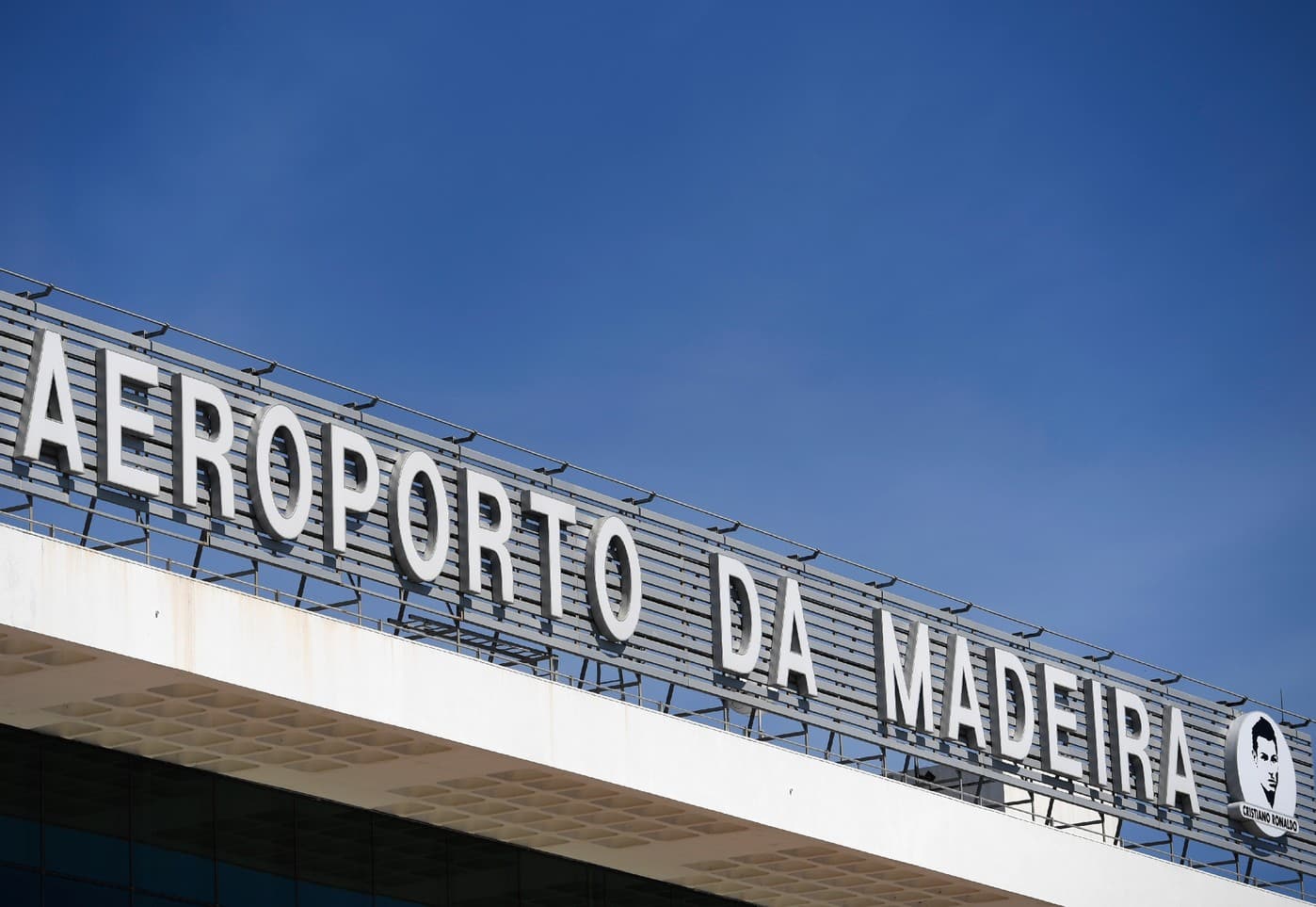
Why do Portuguese cafés always serve such tiny espressos?
Small cup, big story: the ritual of Portuguese coffee
A tradition that fits in your hand
In Portugal, you don’t order “a coffee” — you ask for “uma bica”.
This tiny word represents a national institution: a strong, aromatic espresso served in a small porcelain cup.
For outsiders, it might look almost symbolic, but in Portugal, it’s not about size. It’s about rhythm and culture.
The Portuguese don’t drink coffee just to wake up — they drink it to pause, to chat, to enjoy a moment of connection. It’s a social ritual, a way of slowing down in a fast world.
From colonial roots to national passion
Coffee arrived in Portugal through its colonies in the 18th century.
Beans from Brazil, Angola and São Tomé shaped the country’s taste for strong, aromatic coffee.
Soon, cafés appeared in Lisbon and Porto, inspired by the French coffeehouses.
They became places of debate, art, and friendship — and gave birth to Portugal’s unique coffee culture.
The term “bica” is said to come from Lisbon’s famous Brasileira do Chiado, where waiters told customers to “Beber Isto Com Açúcar” — “Drink this with sugar.” The phrase became an acronym, and the name stuck.
Why so small? The art of balance
A true Portuguese coffee is short and intense.
Baristas serve about 25 to 30 milliliters, just enough to capture the pure essence of the bean.
The goal is not volume, but harmony — a dense body, smooth crema, and full aroma.
Compared to the Italian espresso, the Portuguese version is rounder and slightly less bitter, thanks to its blend of arabica and robusta.
It’s not meant to be sipped slowly — it’s a small pleasure, quick but full of meaning.

The café as a social hub
In Portugal, cafés are not just places to drink coffee — they are small worlds of their own.
People meet there to read the newspaper, talk about football, or greet their neighbors.
Baristas know their regulars by name and start preparing their coffee as soon as they walk in.
The “bica” is not just caffeine — it’s connection.
Even in the smallest villages, you’ll find a café with outdoor chairs and an espresso machine that never stops.
It’s a ritual of community, a heartbeat of daily life.
Small cup, great legacy
The short espresso is more than a habit — it’s a philosophy.
It reflects a preference for authenticity and intensity over quantity.
A “bica” is simple, direct, and sincere — like the Portuguese way of life itself.
Different regions have their own words for it: “bica” in Lisbon, “cimbalino” in Porto, “italiano” in the south.
Different names, same soul.
Between modernity and tradition
Global coffee chains may have introduced tall cups and take-away culture, but Portugal stands firm.
The locals still prefer their small espresso at the counter, for less than a euro, taken slowly and enjoyed fully.
Even younger generations remain loyal to this ritual, blending tradition with modern cafés and minimalist décor.
The essence of the “bica” endures — timeless and unchanged.
A gesture that defines a people
Drinking coffee in Portugal is more than a routine — it’s an identity.
It’s about choosing calm over haste, simplicity over excess, meaning over habit.
In that tiny cup lies the Portuguese soul: modest, warm, and full of flavor.
Next time you’re handed a small espresso in a Portuguese café, remember — it may be small, but it holds an entire culture within it.
Share this article
Suggested articles

Cristiano Ronaldo doesn’t just have a museum… he also has an airport named after him!
Yes, he never ceases to amaze us, that Cristiano! The beloved child of Madeira doesn’t just have a collection of Ballon d’Ors or a line of underwear (yes, the one with the 4K abs on giant billboards—don’t pretend you haven’t seen it!). He also has… an airport named after him. That’s right! Because in Portugal, when people love, they don’t hold back—especially when it comes to CR7.

Why Do the Portuguese Love Cod So Much When It Doesn’t Live in Their Seas?
Portugal is a country turned toward the sea. Its coastline stretches for more than 800 kilometers, and yet the most emblematic fish of its cuisine, bacalhau (salted and dried cod), does not live in Portuguese waters. A curiosity that intrigues travelers and fascinates food lovers alike.

How “Saudade” Became the Most Famous Untranslatable Word in the World ?
Ah, saudade… that word that drifts through the Portuguese air like a fado note, that slips into conversations without ever really being translated. If you live in Portugal, you’ve definitely heard it (maybe even felt it) without quite knowing how to explain it ! And if you haven’t yet, brace yourself : once you understand saudade, it never leaves you.

Why Do the Portuguese Love Cod So Much if It Doesn’t Live in Their Waters?
It is one of Portugal’s greatest culinary paradoxes: a country proud of having one of the largest maritime zones in Europe, with kilometers of Atlantic coastline and ancient fishing traditions, has made its national fish one that doesn’t even swim in its waters. Cod is absent from the Portuguese sea, yet omnipresent in the nation’s culture, gastronomy, and collective imagination.

The mystery of mosaic pavements, a Portuguese invention copied around the world
Ah… those Portuguese sidewalks! You know, the ones that make you walk with your head down in Lisbon or Porto, not because you’re lost in thought, but because they’re just so beautiful (and, let’s be honest, a bit dangerous if you’re wearing heels !). Those little black-and-white stones, sometimes arranged in spirals, sometimes in waves, and sometimes so slippery they deserve a warning sign that says, “Caution: hazardous masterpiece.” Yes, you know exactly what I’m talking about the calçada portuguesa, or Portuguese mosaic pavement.


